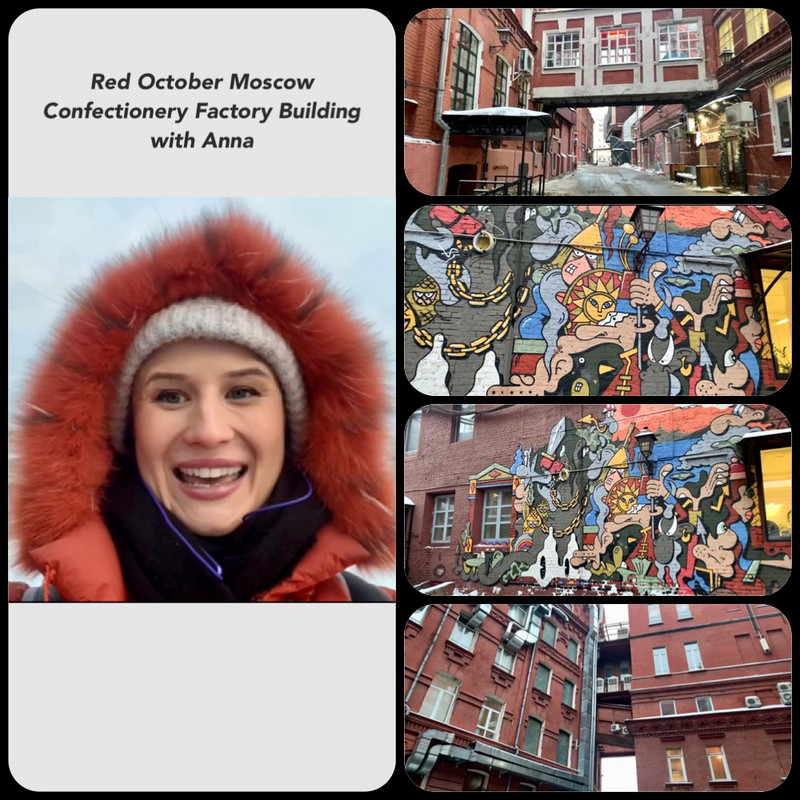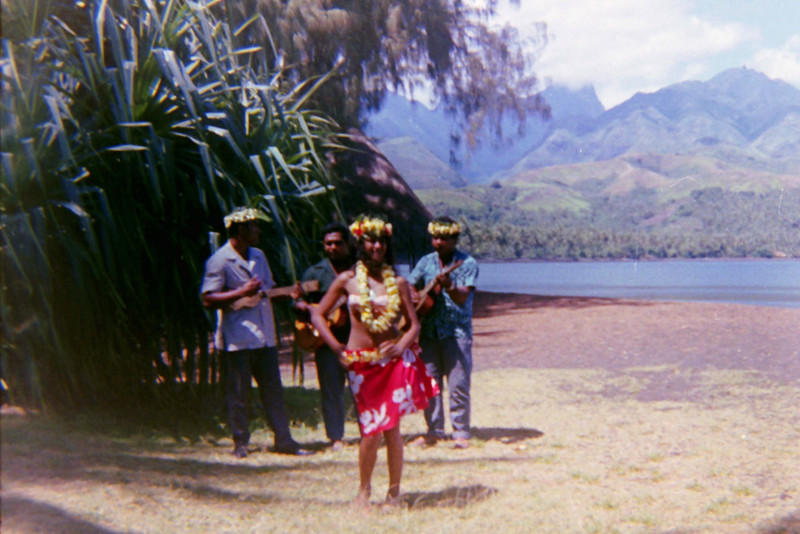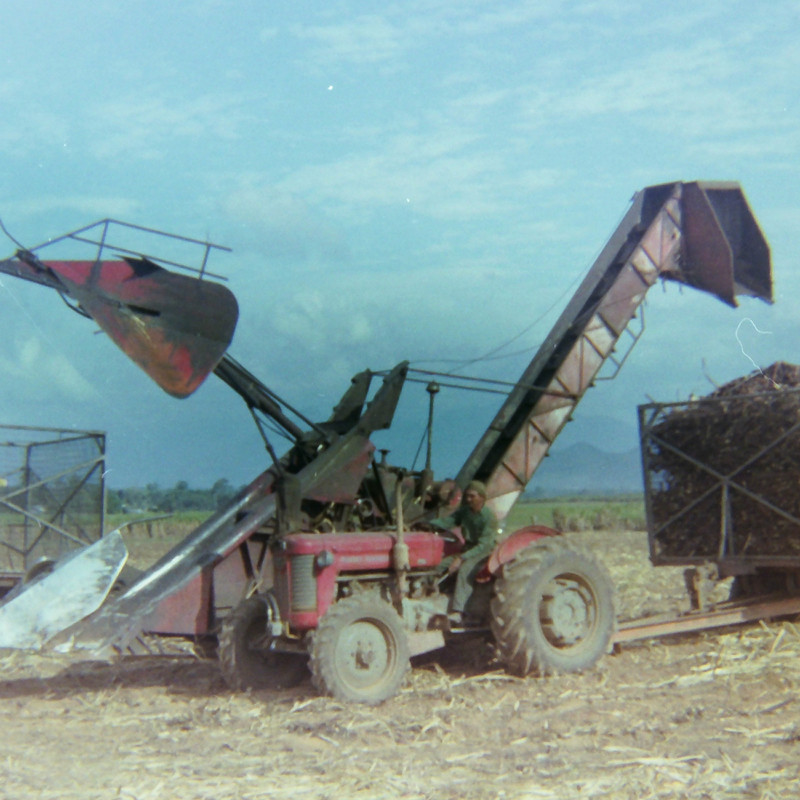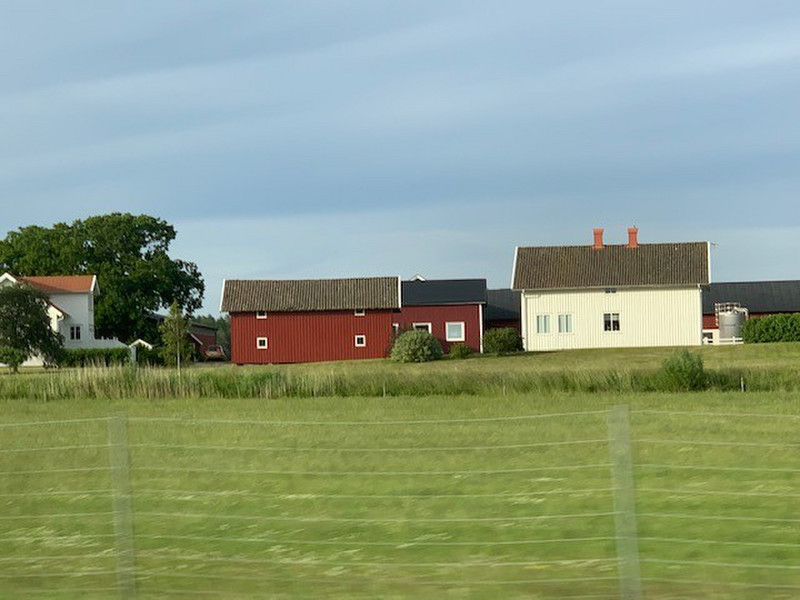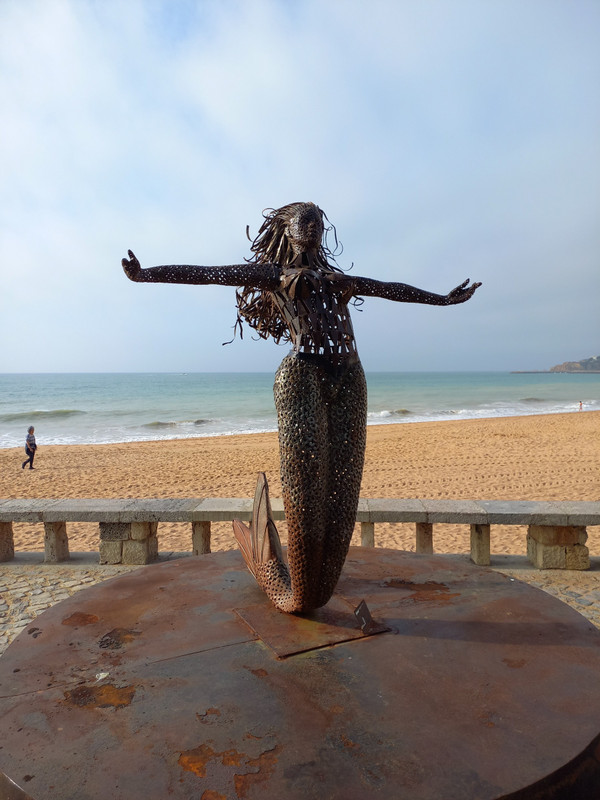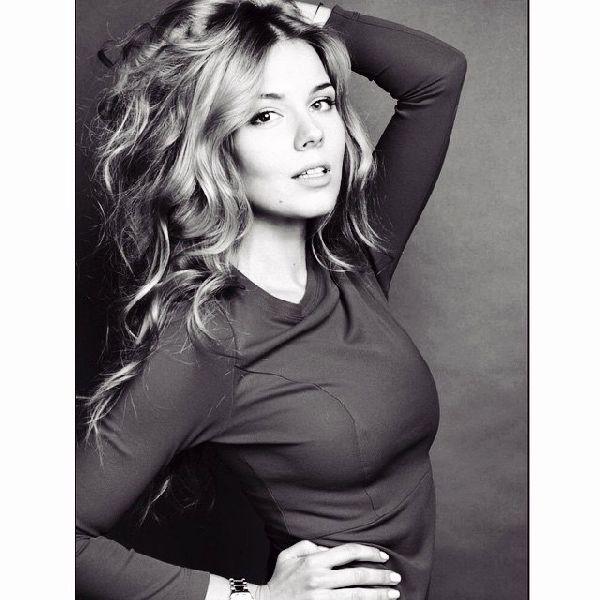We started our tour at The Cathedral of Christ the Saviour, the most important cathedral in Moscow, even before the Cathedral of St. Basil, with a unique and bizarre history that dates back to the nineteenth century and still continues to this day. In addition, it is the highest orthodox temple in the world.
Tsar Alexander I wanted a temple to be erected in Moscow, with the name of Christ the Saviour, in honor of those who fought and died in the Patriotic War of 1812.
However, after some historical ups and downs and circumstances in the designs, it was not until 1839, already in the time of Tsar Nicholas I, when the first stone was laid.
We were standing on the Patriarch Bridge - a pedestrian bridge opened in 2004 with great views of the city including the huge statute of Peter the Great, & Bolotny Island where we were headed to the old chocolate factory.
The ice on the river was quite thick and there was plenty of snow as we walked with Anna across the bridge to Bolotny Island.
Built by Theodor von Einem, the Red October factory bore his name until the Bolshevik takeover. Production ended in the 2000s, when Red October was converted into Moscows hottest entertainment area. The founder of the factory Theodore Ferdinand von Einem, a German subject, who in 1850 arrived in Moscow in the hope to start his own business. At first, he started producing sawed sugar, then he organized in Arbat Street a small workshop for production of chocolate and sweets. Einems partner became Julius Heuss, a German too, who had an outstanding talent of a businessman. Together they acted more assuredly and opened a sweet shop in Teatralnaya Square. Having accumulates sufficient capital the businessmen ordered in Europe a new steam machine and started constructing the factory on the bank of the Moskva River.
In hard years of World War 1 Einem Company carried on charitable activity: made monetary donations, organized a hospital for wounded soldiers, sent wagons with cookies to the front.
After the October Revolution the factory was nationalized, in 1918 it was named State Confectionery Factory #1,and in 1922 it was renamed into Red October.
Originally, the plan was to convert the space into expensive flats, but thankfully the financial crisis called an end to that plan, and now the factory is home to restaurants, bars, exhibitions, shops and studios.
